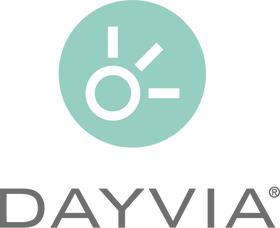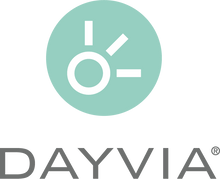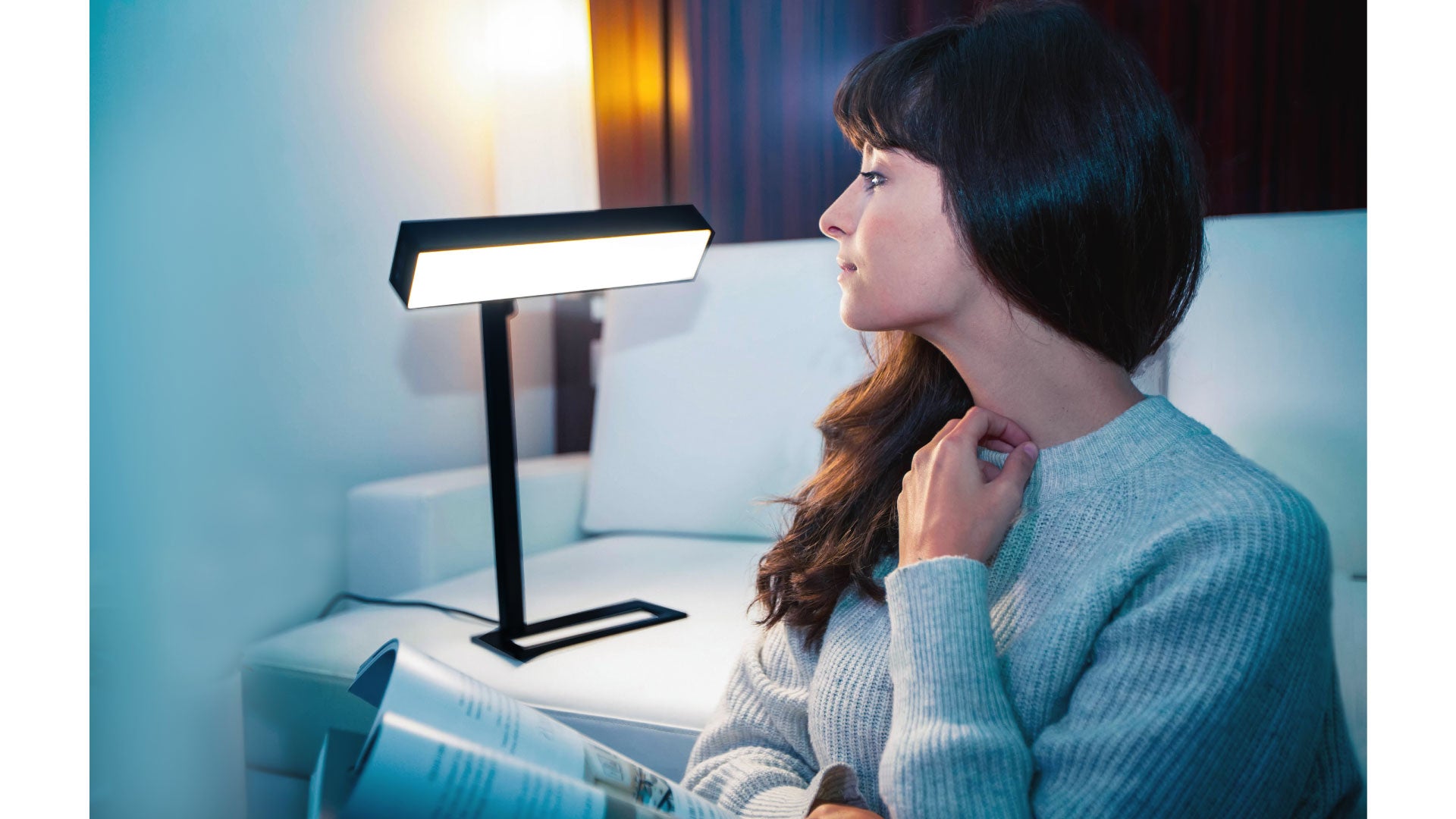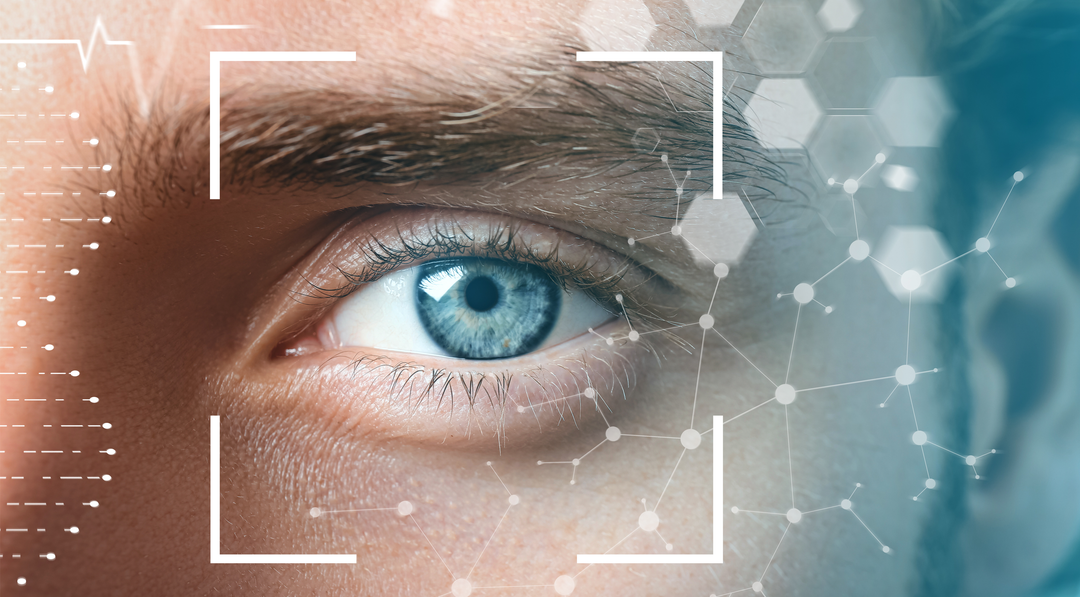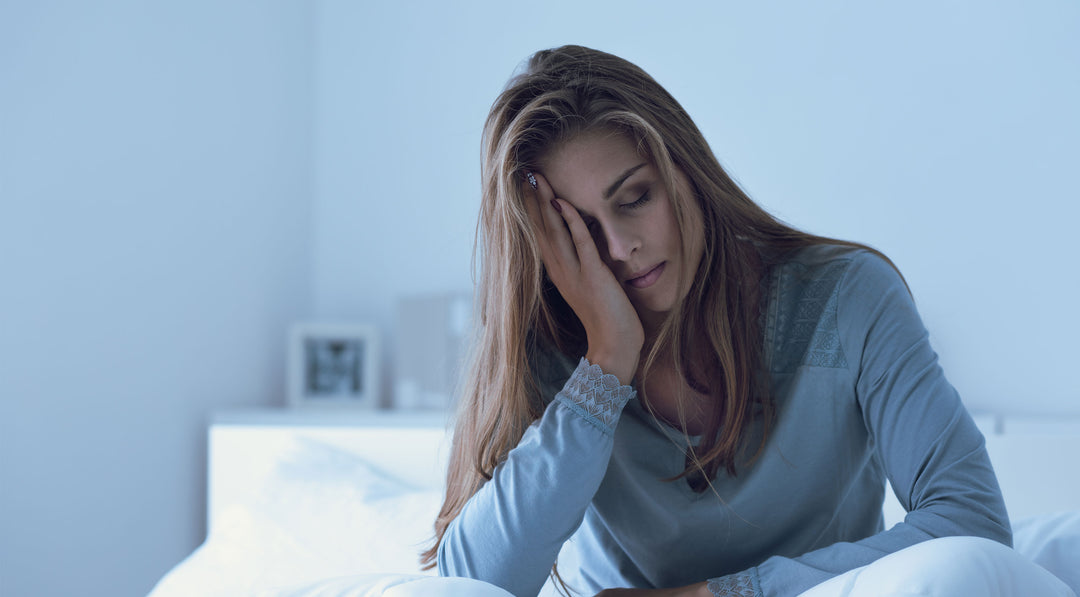How to reset your biological clock?

A certain number of functions internal to the human body are managed by an element of our organism called: biological clock . In the form of a 24-hour cycle, the biological clock will regulate different functions such as sleep, appetite, mood or even body temperature.
The biological clock, sometimes called the circadian clock , resets itself every day thanks to the day/night cycle.
Light enters the body through the retina, which sends an electrical signal to the internal clock located in the supra-chiasmatic nuclei of our brain. And depending on the information received, our brain will secrete the neuro-transmitter adapted to the time of day. This will in turn activate the body's response.

How does the biological clock work?
The biological clock will manage the circadian cycle of the human body and decide when we will be most awake during the day.

From getting up to noon, our alertness gradually increases and then gradually decreases until bedtime to prepare us for sleep. The times when falling asleep is easier are called “the gates to sleep”.
Overall, there are 2 major ones: the prepandial period, that is to say just after lunch (between 1 p.m. and 3 p.m.) and in the evening around the usual bedtime.
It is commonly accepted that the circadian rhythm lasts 24 hours. The Latin etymology of the word circadian confirms this, (circa = approximately and dies = day). But in fact, we are more on a duration of 23.5 to 24.5 hours depending on the individual. One factor remains unchanged for all, the biological clock resets once per cycle.
What organ controls the biological clock?
 Nestled in the heart of the brain, the regulatory center of the biological clock is located in the suprachiasmatic nuclei, which are themselves located in the hypothalamus. The hypothalamus is a gland of the central nervous system located on the ventral part of the brain. It makes it possible to make the connection between the nervous system and the endocrine system materialized by the pineal gland.
Nestled in the heart of the brain, the regulatory center of the biological clock is located in the suprachiasmatic nuclei, which are themselves located in the hypothalamus. The hypothalamus is a gland of the central nervous system located on the ventral part of the brain. It makes it possible to make the connection between the nervous system and the endocrine system materialized by the pineal gland.
Like a real conductor located in the heart of the brain, this internal clock imposes the circadian rhythm on the body. More broadly, whether animal or plant, all species have their own internal clock and therefore their own rhythm.
What causes can desynchronize biological rhythms?
The rhythm of life does not necessarily synchronize with light, the internal clock is often constrained by the social clock (rhythms imposed by professional activity - night work or shift work, family life or associative involvement ).
 More generally, these symptoms are observed in the event of a shift in the sleep/wake cycle in relation to the circadian system or in relation to the environment.
More generally, these symptoms are observed in the event of a shift in the sleep/wake cycle in relation to the circadian system or in relation to the environment.
There are 2 types of syndromes:
Phase advance syndrome, with an early onset of sleep and early awakening, quite common in the elderly.
Conversely, there is also a delayed phase syndrome, with late falling asleep and waking up. This usually begins in adolescence.
The use of light therapy will resynchronize the internal biological clock by performing a sort of "resetting".
How to rebalance your biological clock?

Some simple habits can help you naturally take care of your biological clock:
- Go to bed and get up at regular times
- Avoid screens such as tablets, telephones or televisions 2 hours before bedtime
- When the first signs of sleep appear, go to bed. Above all, do not struggle with sleep.
- Avoid stimulating drinks in the evening. Caffeine, tea, colas and energy drinks may interfere with sleep.
- Practice a quiet activity before bedtime.
- Practice regular physical activity, avoiding strenuous exercise within 3 hours before bedtime. It could have the opposite effect.
-
Set the room temperature between 18 and 20°C. Darkness and silence in the room are also of significant importance.
Regularly practice a light therapy session with Dayvia lamps or glasses. A 30-minute session each morning can help you permanently resynchronize your internal biological clock .
When to use light therapy lamps ?

For optimal benefit, the best time to perform a light therapy session is in the morning, if possible just after waking up. Otherwise, exposure in the morning is also possible but using a lower intensity lamp.
To provide more possibilities to its users, Dayvia has therefore equipped most of its lamps with dimmers which allow this dual use.
The Sundesk design desk lamp goes even further because in addition to being a high-performance light therapy lamp, it also finds its place perfectly on a desk as a classic lighting lamp the rest of the day.
